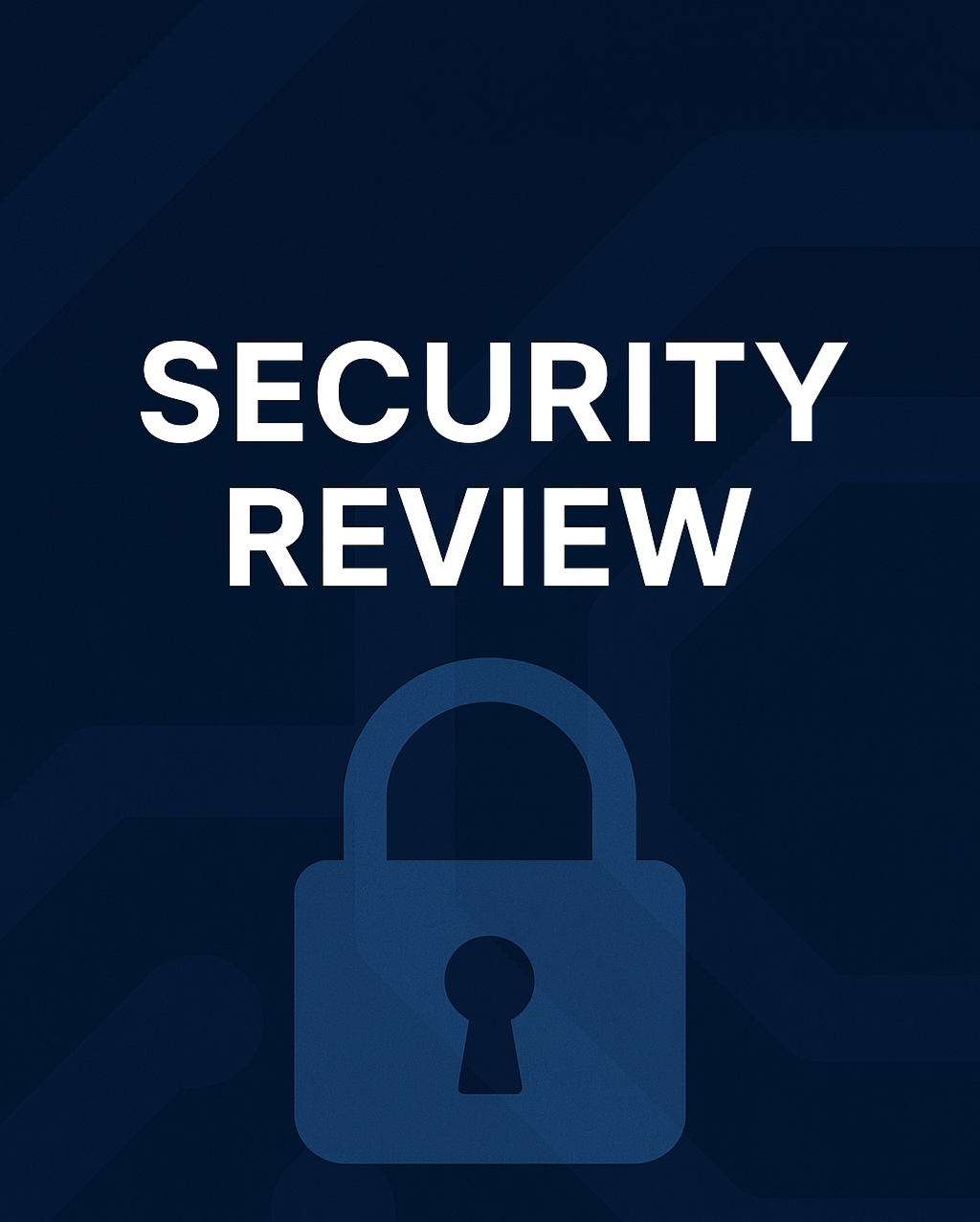In today’s landscape whether you’re safeguarding cloud infrastructure, private servers, or home labs mastering Linux firewall systems is essential. This guide breaks down the most prominent firewall tools in Linux, clarifying their features, commands, and use cases for security professionals and system administrators alike.
🧱 Why Linux Security Is Critical
Linux powers critical infrastructures around the world, which makes its security configuration a non-negotiable responsibility. Key advantages include:
- Modular Architecture: Customize firewalls and other system components as needed.
- CLI Control: Secure and precise control via the command line.
- Ubiquity: Found across servers, IoT devices, routers, and cloud environments.
Do You Need Help?
XEye Security offers you the ultimate proactive and cost-effective approach and solutions to combating all types of cyber threats, ensuring compliance, and implementing robust security measures.
🔍 What Is a Linux Firewall?
A firewall in Linux is a system process that filters incoming and outgoing network traffic. Its rules decide what traffic is allowed or blocked based on parameters like:
- IP addresses
- Ports
- Protocols
⚙️ Types of Linux Firewalls
| Tool | Description | Common Use Case |
|---|---|---|
| firewalld | Dynamic firewall manager with zone-based configurations (default in Red Hat-based distros) | Flexible rule management |
| iptables | Classic packet-filtering framework; widely supported | Powerful but complex setups |
| nftables | Modern successor to iptables | Preferred in newer Linux systems |
| UFW | “Uncomplicated Firewall” — a user-friendly wrapper over iptables | Ideal for Ubuntu users |
🔒 firewalld: Dynamic Firewall Manager
firewalld offers real-time rule changes and zone-based trust configurations. Key features include:
- Zones: Presets that define trust levels (
public,home,internal, etc.) - Services: Predefined rules for applications like SSH, HTTP, HTTPS
- Runtime vs Permanent Configuration:
- Runtime: Temporary rules removed after reboot
- Permanent: Saved rules persist across sessions
Do You Need Help?
XEye Security offers you the ultimate proactive and cost-effective approach and solutions to combating all types of cyber threats, ensuring compliance, and implementing robust security measures.
🔧 Common firewalld Commands
# Check firewalld status
sudo systemctl status firewalld
# Start firewalld and enable it at boot
sudo systemctl start firewalld
sudo systemctl enable firewalld
# View active zones
sudo firewall-cmd --get-active-zones
# List services in the public zone
sudo firewall-cmd --zone=public --list-all
# Allow HTTP traffic in the public zone
sudo firewall-cmd --zone=public --add-service=http
# Make changes permanent
sudo firewall-cmd --runtime-to-permanent
🛡️ Tips for Selecting the Right Firewall Tool
- Small labs or home setups: UFW provides simplicity.
- Enterprise environments: firewalld or nftables offer scalability and flexibility.
- Forensics or policy scripting: iptables and nftables give granular control over packets.
🧠 Closing Thoughts
Linux firewall management is a cornerstone of system security. Whether you’re dynamically adjusting zones with firewalld or building detailed rule sets with nftables, the right firewall strategy can dramatically reduce risk across your ecosystem.
For a downloadable cheatsheet, interactive command guide, or a step-by-step checklist version of this blog, feel free to get in touch via Contact Us – XEye Security




